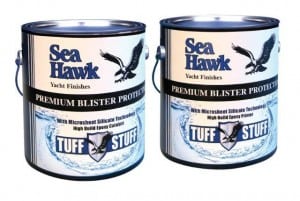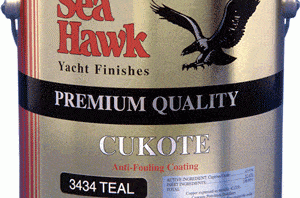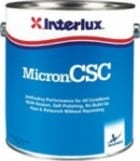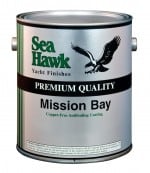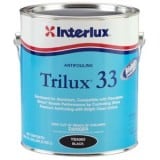There are many different boat paints and qualities, generally the more you spend the better the results. There are a variety of types including topside and bottom paints. Topside paints are meant to be used above the waterline and will not hold up under water. Bottom Paints (also called antifoulants or antifouling coatings) are pesticides that are only used below the waterline when you are trying to stop growth from occurring while your boat stays in the water over long periods of time. See Related Article>: Do I need Bottom Paint?
The type of paint you choose for your boat will depend on the type of boat you have and the environment in which it will be used.
There are two main types of boat paint: antifouling and topside. Antifouling paint is designed to prevent marine growth from attaching to the hull of the boat, while topside paint is designed for the superstructure of the boat, such as the deck and cabin.
If you plan on using your boat in saltwater, it is important to choose a paint that is specifically designed for saltwater use. Saltwater is much more corrosive than fresh water, so a saltwater-specific paint will be more durable and longer lasting.
Using your boat in freshwater, will require a different paint. There are a few different types of paint you can choose from. Freshwater-specific paints are available, but they are not necessary if you do not plan on using your boat in saltwater.
Boat Paints
Duralux High Gloss Marine Enamel is affordable and easy to apply and only recommended for above the waterline or moderate use on the bottom (a day or so in the water, not extended periods). This topside paint works best in very thin coats; see the prep recommendations found on product page on “how to use” tab. Duralux marine enamels do have a color offering in a flat finish, those are limited to their camouflage paint colors. Marine Alkyd Enamels like Duralux are effective and low cost.
A step up from the marine enamels are polyurethane enamels. These products such as Blue Water Marine Mega Gloss Polyurethane, Interlux Brightside, and Pettit Easypoxy have a better flow and gloss.
The best performing and hardest application is either Awlgrip or Awlcraft 2000. These require a more technical application and require the use of proper primers, catalyst and thinners with each application.
Typically when people discuss bottom paint on a boat they are referring to Antifouling paint. Bottom paint prevents growth of organisms that attach to the hull and can affect a vessels speed, performance, and durability when boat is kept in the water for extended periods of time. If you don’t have that problem, you may not need bottom paint. Antifouling bottom paint typically has a flat, dull finish that is used below the waterline.
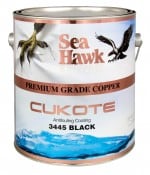 There are generally two types of bottom paint both of which have several variations that create a multitude of products in the market place. The two different types or categories of bottom paint include hard bottom paint and ablative bottom paint. Related Article> What is the Difference Between Hard and Ablative Bottom Paint.
There are generally two types of bottom paint both of which have several variations that create a multitude of products in the market place. The two different types or categories of bottom paint include hard bottom paint and ablative bottom paint. Related Article> What is the Difference Between Hard and Ablative Bottom Paint.
Once you have selected the type of paint you need, you will need to select a color. The color of your boat should be based on personal preference, but it is important to keep in mind that darker colors will absorb more heat than lighter colors.
Your boat paint choice ultimately depends on your budget and which boat paint colors meet the needs of your boat and usage.

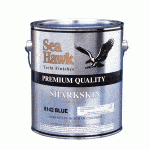
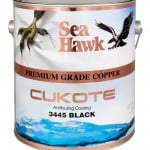
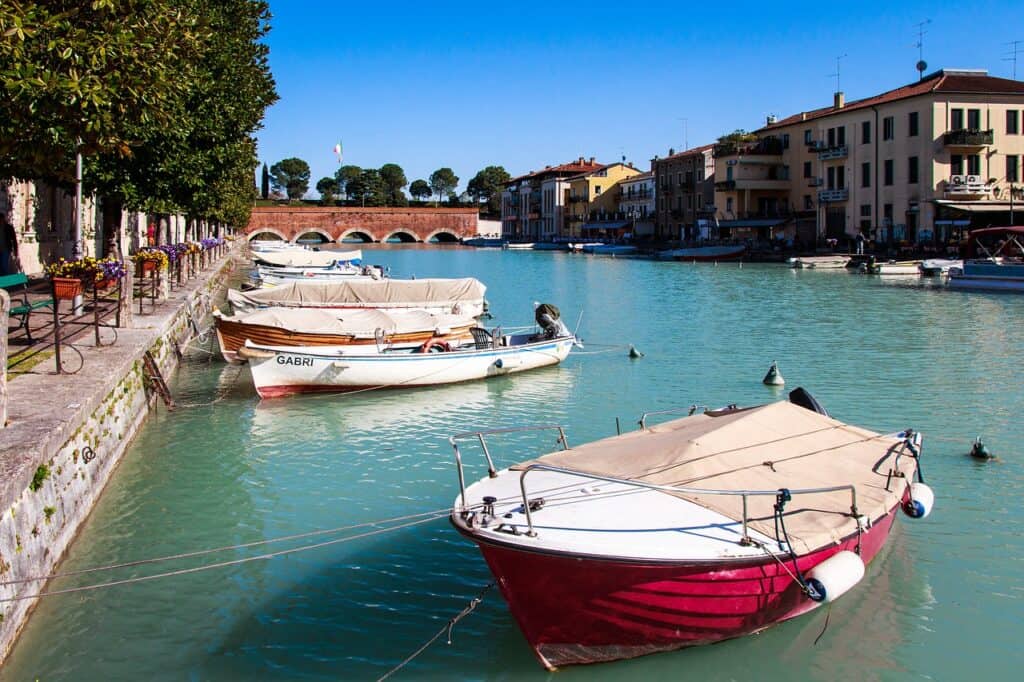
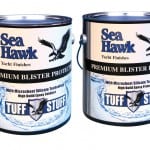
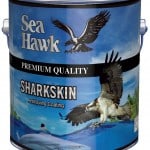
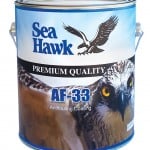

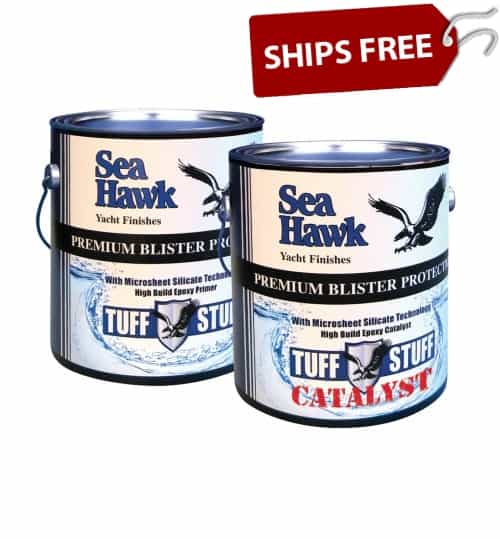
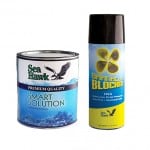

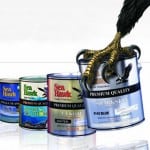
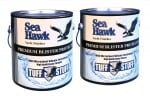


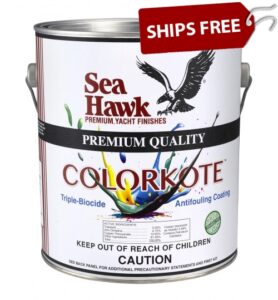 When painting an aluminum outdrive you must use a copper-free bottom paint. There are a couple of different brands out there: Interlux, Blue Water Marine, and Sea Hawk to name a few. However, you will get the best possible results with
When painting an aluminum outdrive you must use a copper-free bottom paint. There are a couple of different brands out there: Interlux, Blue Water Marine, and Sea Hawk to name a few. However, you will get the best possible results with 